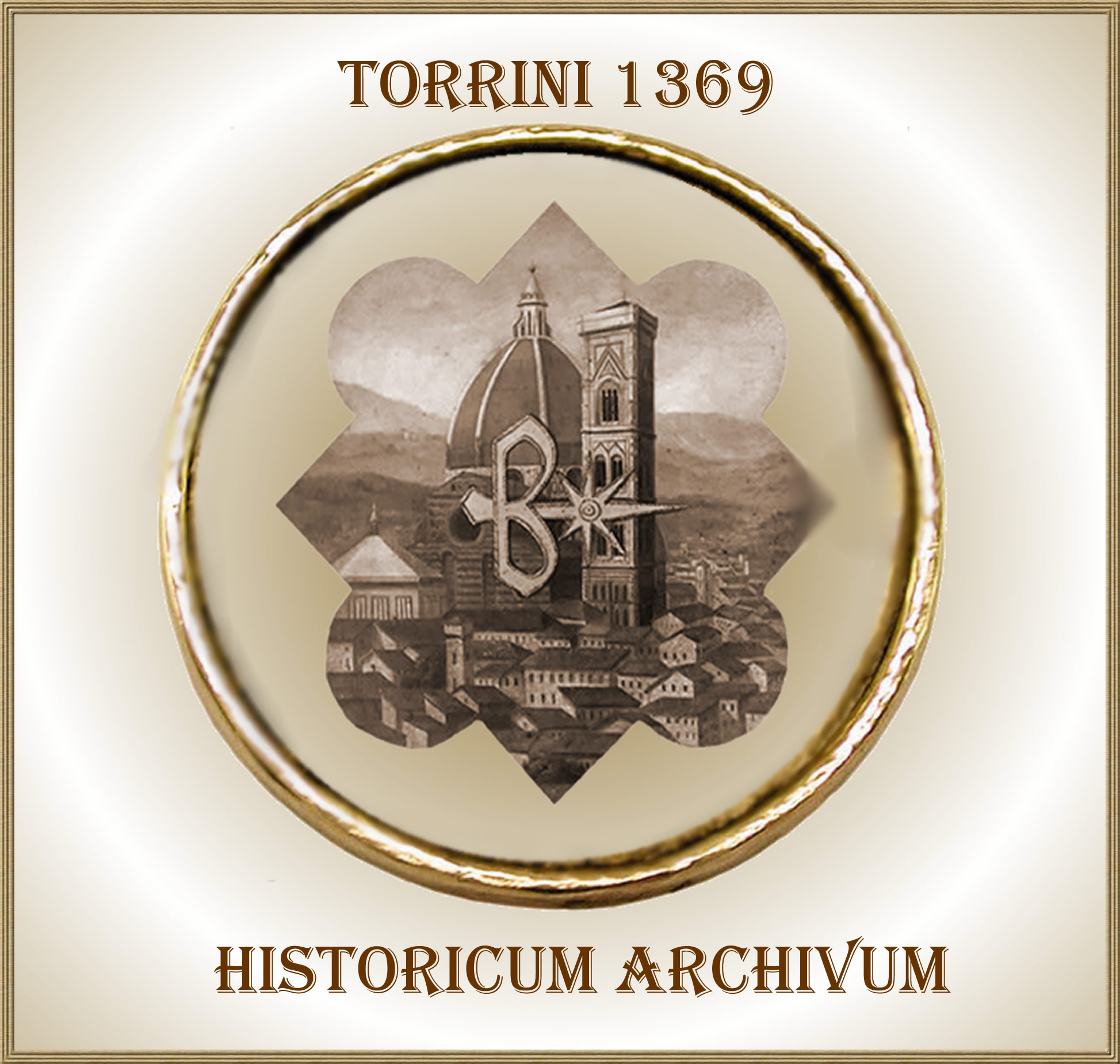- Home
- HISTORIC TESTIMONIALS
- 1896-1968. Guido Torrini - quadro con foto
 Guido Torrini
Guido Torrini
Firenze
1896-1968
Guido Torrini began his activity as a goldsmith in the workshop of Piazza Santa Trinità in Florence in 1919 when he was 23, and collaborated with Panerai of the “Orologeria Svizzera di Firenze”. He bought up a share, becoming a partner in the century old Oreficeria Linari which is located in the current premises of Piazza Duomo in Florence. He then opened shops in Chianciano, Chiusi, and Taormina. He realised jewels in art déco, objets d’art made of semi-precious stones enriched with parts of gold and, as a great enthusiast of watch-making, produced in 1932 the first pocket watch under the Torrini trademark.
In 1943 he was deported to Dachau, from where he returned seriously weakened but alive. Due to the war, everything was destroyed, but with tenacity he reopened his business, first with the workshop in Piazza de’ Salterelli and then with the shop in Piazza Duomo under the Torrini sign in 1962. In 1966, the business was sorely tried by the flood, which caused serious damage to the shop and, among other things, the total loss of the historic archives. Guido died in 1968
During the first half of the 20th century, Guido Torrini’s jewellery felt the effect of the profound social, economic and political changes and of the crises of the two world wars. It conformed as far as the restrictions in force in those particular moments were concerned, but there was no lack of refined and geometric – strictly white - pieces of jewellery of the 1920s, such as Art Déco jewels made of diamonds.
In the 1940s the Torrini production slowed down: gold was rationed, the flow of precious stones was in short supply in Europe, and semi-precious stones and silver were re-evaluated. During the war, their laboratory was destroyed by bombs: very few pieces were found under the rubble.
In the 1950s life began once again, the economic recovery became tangible, and the goldsmith production resumed withy enthusiasm, imbued with new energy. The Torrini creativity drew inspiration from jewellery with naturalistic motifs that combined tradition with great vivacity and imagination. It also created small masterpieces of the goldsmith’s and silversmith’s art, jewel-accessories, cigarette cases and refined objets de vertu of semi-precious stones and enamel having a great aesthetic value.
Historic pieces, characterised by an unmistakable style that always renews itself, have come out over the course of the years from the expert hands of the goldsmiths of the Opificio Orafo Torrini. The precious finishing that is carried out with ancient skill is called “Oro Nativo” [Native Gold], and acqua celliniana [Cellini water] – the formula for which is jealously guarded by the Torrini family – remains a secret.



